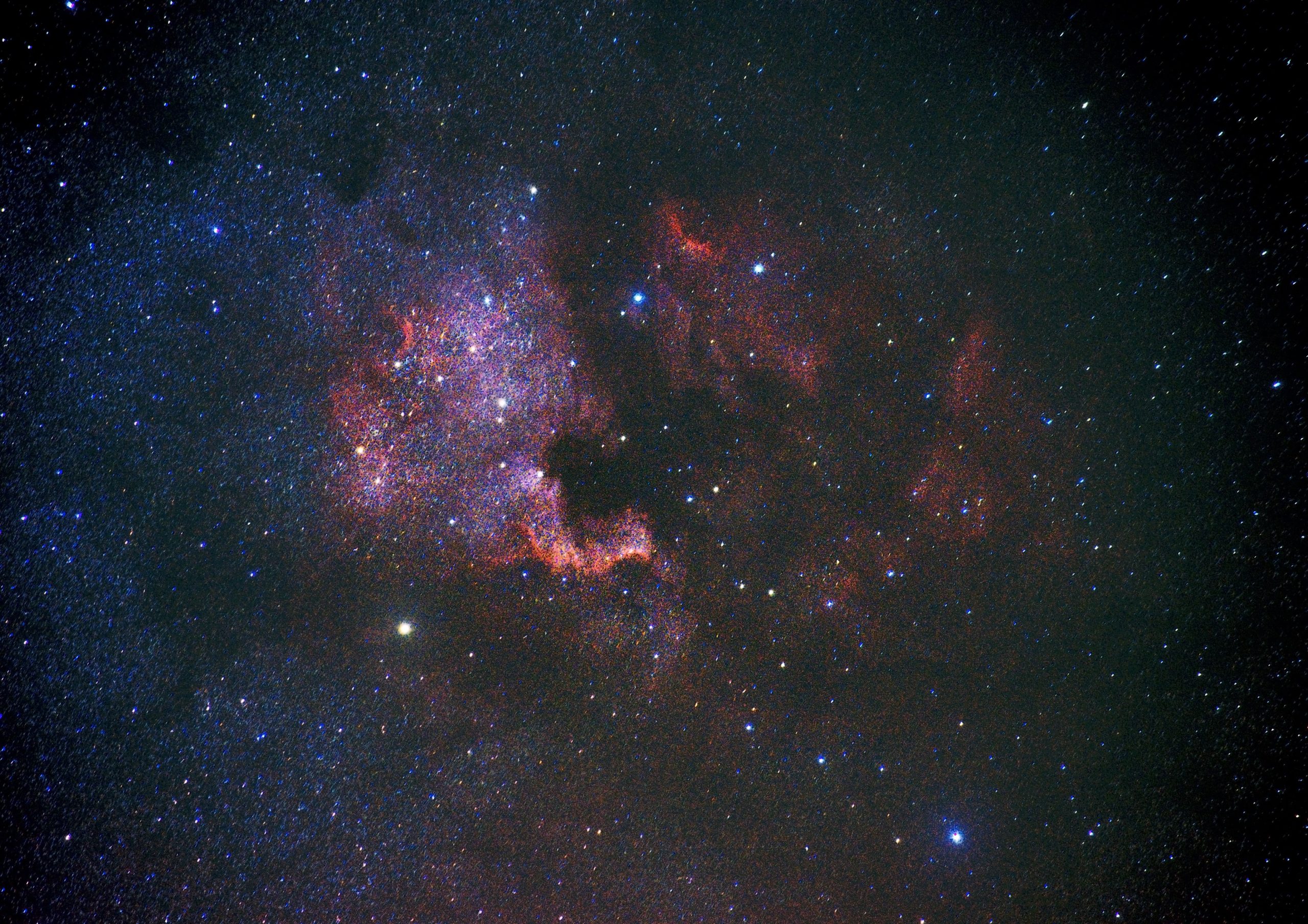Crescent Shaped Sand Dunes: Nature’s Marvels
Sand dunes, with their undulating shapes and mesmerizing patterns, are natural wonders that never fail to captivate our imagination. From the vast deserts of Africa to the windswept beaches of Australia, sand dunes can be found in diverse landscapes across the globe. Among the various mesmerizing shapes, one stands out in particular: the crescent-shaped sand dunes. In this blog post, we will delve into the intriguing nature of these formations, exploring their unique characteristics, formation processes, and ecological significance.
1. What Are Crescent Shaped Sand Dunes?
Crescent-shaped sand dunes, also known as barchan dunes, are elongated hills in the shape of a crescent moon. These dunes typically have a gentle slope on the windward side and a steeper slope on the leeward side, with the concave side facing the wind. The curvature of the dune is often smooth and symmetrical, creating a visually stunning formation.
2. Formation Processes
The formation of crescent-shaped sand dunes is primarily driven by wind patterns and the availability of loose sand. To understand their formation, let’s dive into the key factors at play:
2.1 Wind Patterns
Wind plays a crucial role in shaping sand dunes. In the case of barchan dunes, constant wind blows in a consistent direction. This unidirectional wind is usually associated with prevailing wind systems and is responsible for the elongated shape of these dunes.
2.2 Sand Availability
For dunes to form, there must be an ample supply of loose sand that can be easily transported by the wind. In areas where sand is plentiful, such as deserts or coastal regions, these conditions are often met. The wind picks up grains of sand and carries them until they encounter an obstacle, such as a rock or vegetation, causing the sand particles to settle and accumulate. Over time, this accumulation results in the formation of dunes.
2.3 Windward and Leeward Slopes
As sand accumulates, the windward slope (the side facing the wind) gradually increases in height, while the leeward slope (the side sheltered from the wind) remains comparatively lower. This asymmetrical growth causes the dune to take on the characteristic crescent shape.
3. Unique Characteristics of Crescent Shaped Sand Dunes
Crescent-shaped sand dunes possess several distinctive features that set them apart from other dune formations. Let’s explore these characteristics further:
3.1 Crescent Moon Shape
The most apparent characteristic of barchan dunes is their crescent moon shape, created by unidirectional wind patterns. This elegant shape is a result of the wind’s constant action on the sand, eroding the leeward slope while depositing sand on the windward side.
3.2 Gentle Windward Slope and Steep Leeward Slope
Barchan dunes have a gentle and elongated slope on their windward side, formed by the continuous accumulation of wind-blown sand. In contrast, the leeward side has a steeper slope, where the sand is eroded and transported away.
3.3 Horns
At the tips of some crescent-shaped dunes, small triangular extensions known as horns can form. These horns result from sand being blown past the main body of the dune and settling at the edges. They provide an interesting aesthetic element to the dune’s shape.
3.4 Narrow Crest
Compared to other types of dunes, barchan dunes often have a relatively narrow crest. This characteristic is a consequence of the windward side receiving a constant supply of sand, ensuring that the crest remains relatively stable and does not widen significantly.
4. Ecological Significance
Beyond their visual allure, crescent-shaped sand dunes play a vital role in the ecosystems they inhabit. Let’s explore their ecological significance:
4.1 Habitat and Adaptation
Sand dunes, including barchan dunes, provide unique habitats for a variety of specialized organisms. They offer refuge to specially adapted plants like cacti and grasses with shallow root systems that can withstand the shifting sands. Certain animals, such as desert beetles and snakes, have also evolved to thrive in these challenging environments.
4.2 Wind and Erosion Control
In arid regions, sand dunes act as natural buffers against wind and erosion. They help stabilize the surrounding soil, preventing it from being carried away by wind and water. This protective function is crucial for preserving fragile desert ecosystems and conserving biodiversity.
4.3 Geological Records
Sand dunes, including barchan dunes, serve as records of past environmental conditions. By studying the layers and sediment within these formations, scientists can gain insights into ancient climates, geological processes, and even the migration patterns of early human civilizations.
Conclusion
Crescent-shaped sand dunes, or barchan dunes, are a testament to the dynamic forces of wind and the delicate balance of nature. Their alluring shape, formed through the interplay of wind patterns and sand availability, evokes a sense of wonder and tranquility. Beyond their aesthetic appeal, these sand dunes harbor unique ecosystems and play a crucial role in maintaining the fragile equilibrium of arid regions across the globe. As we continue to explore and appreciate the world’s natural marvels, let us also strive to safeguard these irreplaceable wonders for future generations.
Table of Contents
